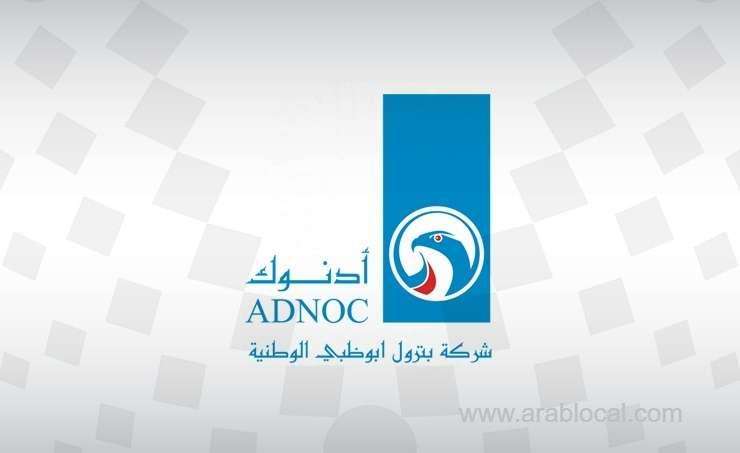
As part of ADNOC's accelerated decarbonisation plan, ADNOC Gas plc has awarded Petrofac Emirates a contract worth $615 million (AED2.26 billion) for the construction of carbon capture units, pipeline infrastructure, and wells for injecting carbon dioxide (CO2) at the Habshan gas processing plant.
As part of the Habshan Carbon Capture, Utilisation, and Storage (CCUS) project, 1.5 million tons of CO2 will be captured and permanently stored underground, as ADNOC builds a unique platform to connect emissions sources and sequestration sites, making it one of the largest carbon capture projects in the Middle East and North Africa (MENA).
ADNOC Gas will build, operate, and maintain the project on behalf of the company.
In order to achieve its decarbonization goals, ADNOC Gas must build on integrated carbon capture projects, such as the Habshan CCUS project, "Ahmed Mohamed Alebri said. With this project, we intend to significantly reduce greenhouse gas emissions as well as unlock new and attractive commercial opportunities that will enable us to achieve sustainable, lower-carbon growth.
In order to move towards a more sustainable and environmentally responsible future, we are committed to maximising energy output while minimising emissions through this large-scale project."
International Energy Agency (IEA) and Intergovernmental Panel on Climate Change (IPCC) both recognize CCUS projects as critical decarbonisation enablers.
As a result of ADNOC's In-Country Value (ICV) program, more than 65 percent of the value of the contract will be redirected back into the UAE's economy and support local economic and industrial growth.
Habshan CCUS is expected to be completed in 2026. About 150 miles southwest of Abu Dhabi is ADNOC Onshore's Bab Far North Field, where CO2 will be injected and stored permanently.
In addition to ADNOC's landmark carbon capture facility, Al Reyadah, which is capable of capturing 800,000 tons of CO2 a year, the Habshan CCUS project would help customers decarbonise their operations by enhancing oil recovery of low-carbon barrels and producing low-carbon feedstocks such as hydrogen.
With the Habshan CCUS project, ADNOC will be able to capture 2.3 mtpa of carbon dioxide per year, equivalent to removing more than 500,000 gasoline cars from the road.